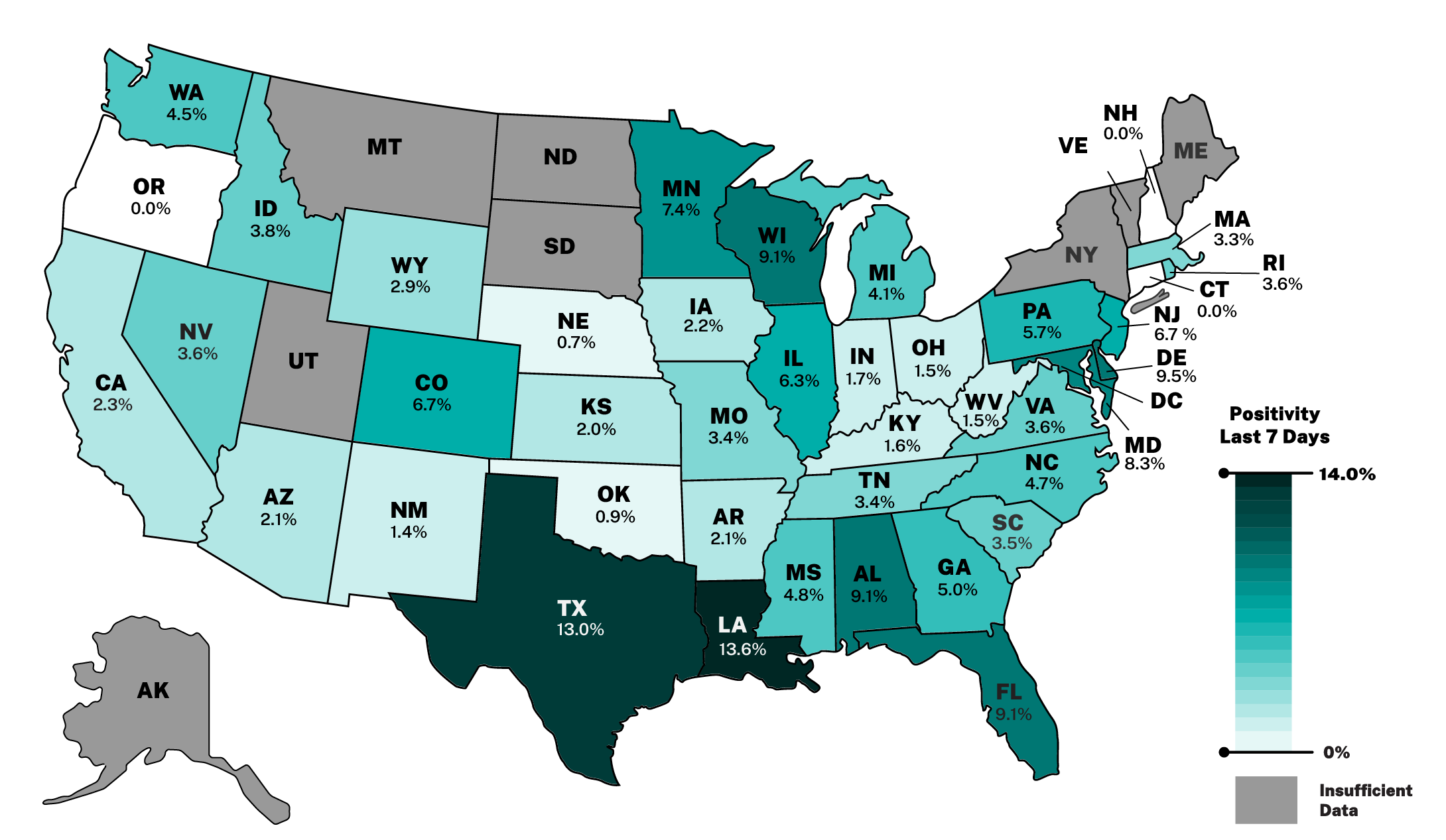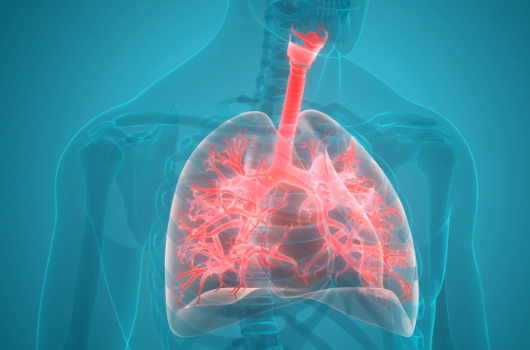Respiratory Trend Report
Week ending November 30th, 2025
HealthTrackRx
Trend Update
Respiratory virus activity over the last two weeks shows notable early-season increases in RSV and influenza, a continued decline in rhinovirus/enterovirus, and overall stable to slightly rising levels of other respiratory pathogens. RSV and influenza are now showing their first meaningful seasonal upticks, while COVID-19 remains low but steady. Most other respiratory viruses remain near baseline.
Respiratory Trend Report
Week ending November 30th, 2025
Get Updates
HealthTrackRx
Trend Update
Respiratory virus activity over the last two weeks shows notable early-season increases in RSV and influenza, a continued decline in rhinovirus/enterovirus, and overall stable to slightly rising levels of other respiratory pathogens. RSV and influenza are now showing their first meaningful seasonal upticks, while COVID-19 remains low but steady. Most other respiratory viruses remain near baseline.
Infection Trends
Infection Trends
Seasonal Outlook
Seasonal Outlook
Trending Up
Trending Down
Remaining Level
Trending Up
Trending Down
Remaining Level
7 Day Influenza Virus A/B Map

This report reflects observed trends in HealthTrackRx testing positivity data, does not convey medical advice, and is provided for informational purposes only. Individuals experiencing respiratory symptoms should consult with their healthcare provider.
Download Respiratory Trend Reports [PDF]
HealthTrackRx Respiratory Resource Library
HealthTrackRx Respiratory Resource Library

Dr. Pallavi Upadhyay • Sep 22, 2025

HealthTrackRx • Apr 17, 2025

HealthTrackRx • Jan 21, 2025


